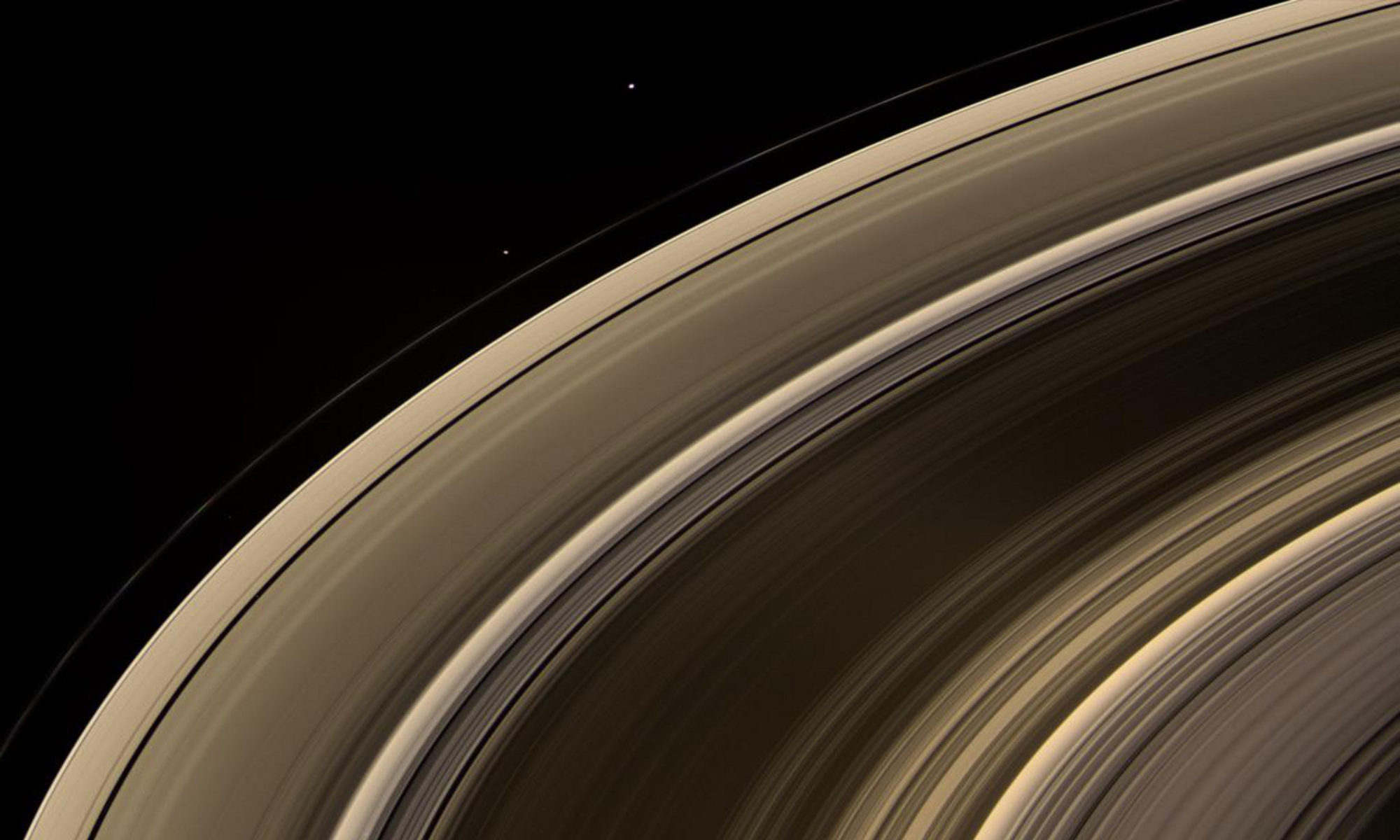Yesterday on the third day of DPS, Dr. Yuk Yung of Caltech, towards the end of his acceptance speech after having been awarded the Gerard P. Kuiper Prize at this year’s DPS meeting, stated the following:
“Life is the ultimate poetry of the universe, written with the alphabet of molecules.” – Yuk Yung
This one sentence sums up the beautiful truth that Life is an emergent property of the universe. It is a beautiful consequence of the four fundamental forces that govern our universe. This one statement seems to embody the spirit of the DPS and its members. By studying the planets, both inside and outside our solar system, we gain understanding about ourselves and where we come from.
The past two days have been a whirlwind. I was very tired last night, so I didn’t post an article. So tonight I plan to give a smattering of some of the more interesting talks I attended.
Venus Atmospheric Maneuverable Platform (VAMP)
At the poster session yesterday, I came across a particularly interesting mission concept, presented by Northrup Grumman. This mission would involve a buoyant winged aircraft that would be powered by solar panels and would be able to glide through the Venusian atmosphere, taking samples and reporting back to an orbiting spacecraft. This is a beautiful idea, and could well be used on other planets as well.
Pale Orange Dot
Giada Arney of the University of Washington gave a talk today about Exoplanets. She pointed out that when we look for habitable exoplanets, we typically look for planets that we consider Earth-like, or having liquid water and oxygen, etc., on their surface. However, in the early archeo-Earth environment, as Arney points out, the world looked much different than it does today. Early in the Earth’s history, the skies were filled with an orange hydro-carbon haze, similar to that of Titan. This atmosphere would kill a human, but would be the perfect environment for early life on the earth, and would shield them from nearly all of the UV radiation that might otherwise harm them, just as the Oxygen and Ozone in our atmosphere do for us today. This is an intriguing idea, one that will broaden the possible search criteria for identifying Earth-like exoplanets.
Magma Ocean Dynamo!
Alexander Bourzutschky of the California Institute of Technology gave a fascinating talk today about exoplanets with global oceans of magma on their surface. These oceans, Bourzutschky says, could sustain their own magnetic field, acting much the same way that our iron-core dynamo works on Earth. These global magnetic fields could potentially be detected by radio telescopes here on Earth.
Using Cassini VIMS to view Earth, Exoplanet Analog
It’s important to know what the limits of our current instrumentation are, and how to best utilize them. Roger Clark at the Planetary Science Institute spoke today about using the VIMS instrument (infra-red spectrometer) on board Cassini to look back at the Earth to determine what kind of information we might expect to glean from an extra-solar planet using similar instrumentation. This is an excellent test case, because Clark et al. can compare their findings to what we know to be present on the Earth. This can help to design future missions and observations of other planets outside our solar system.
Well, it’s getting late, and I need to get some sleep. Tomorrow will be the last day of DPS 2015, sadly. I will report back tomorrow with and end-of-DPS wrap up.
-Josh

